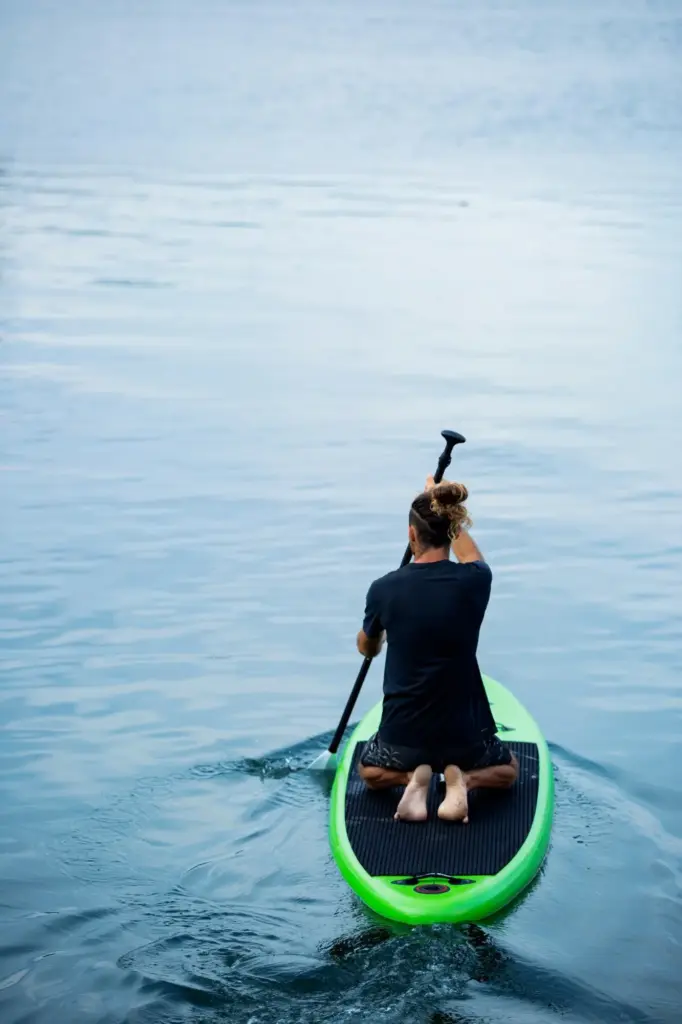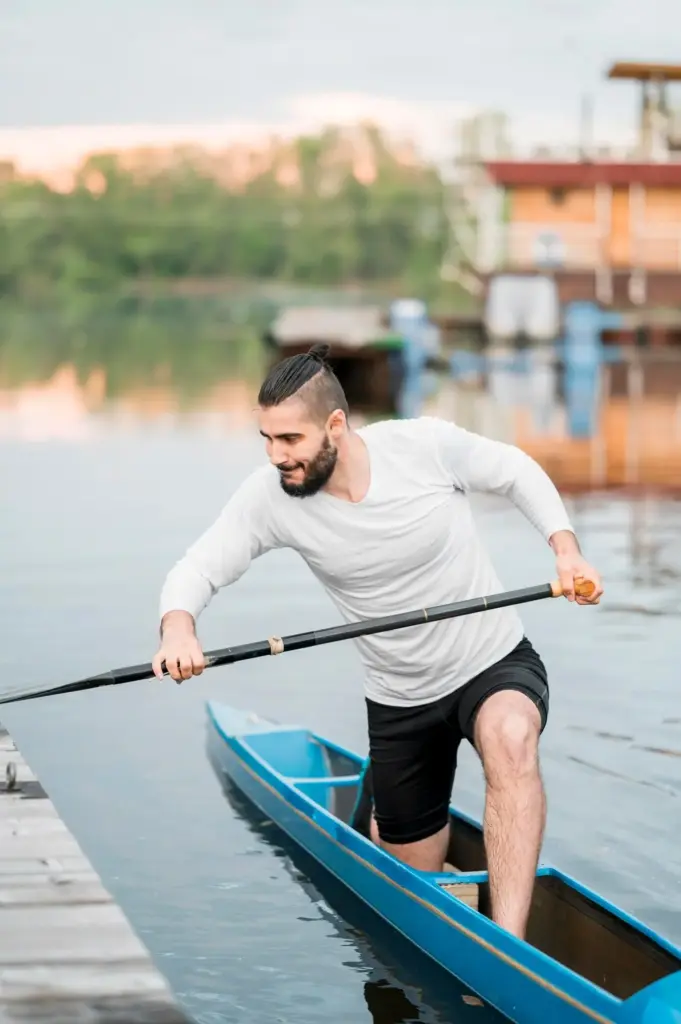Glide Lightly, Guard Every Ripple
Foundations for Low-Impact Paddling
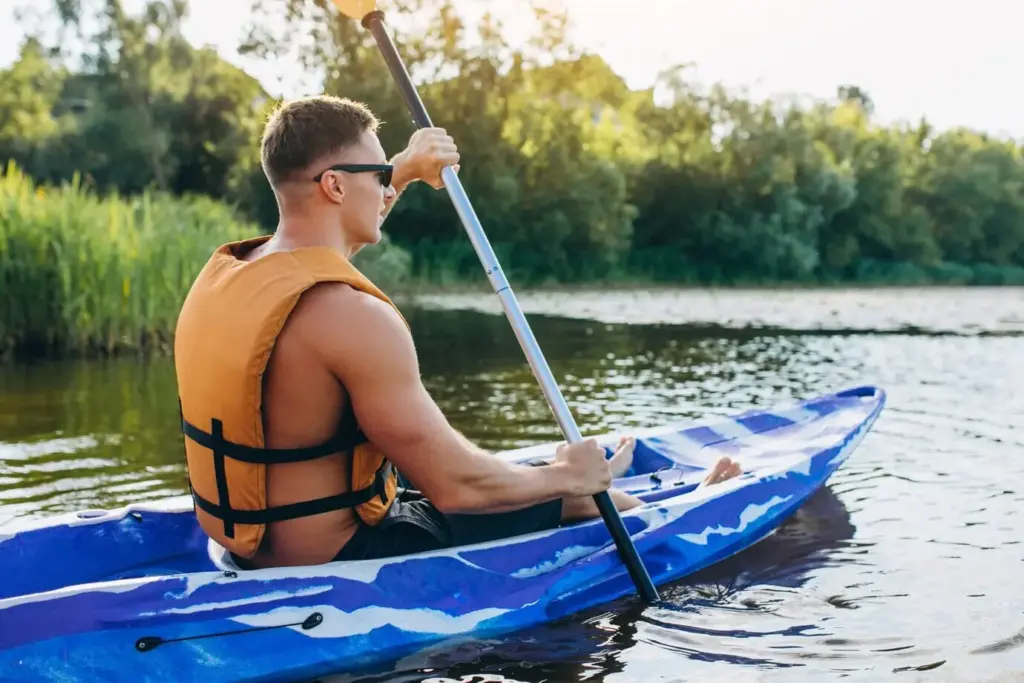
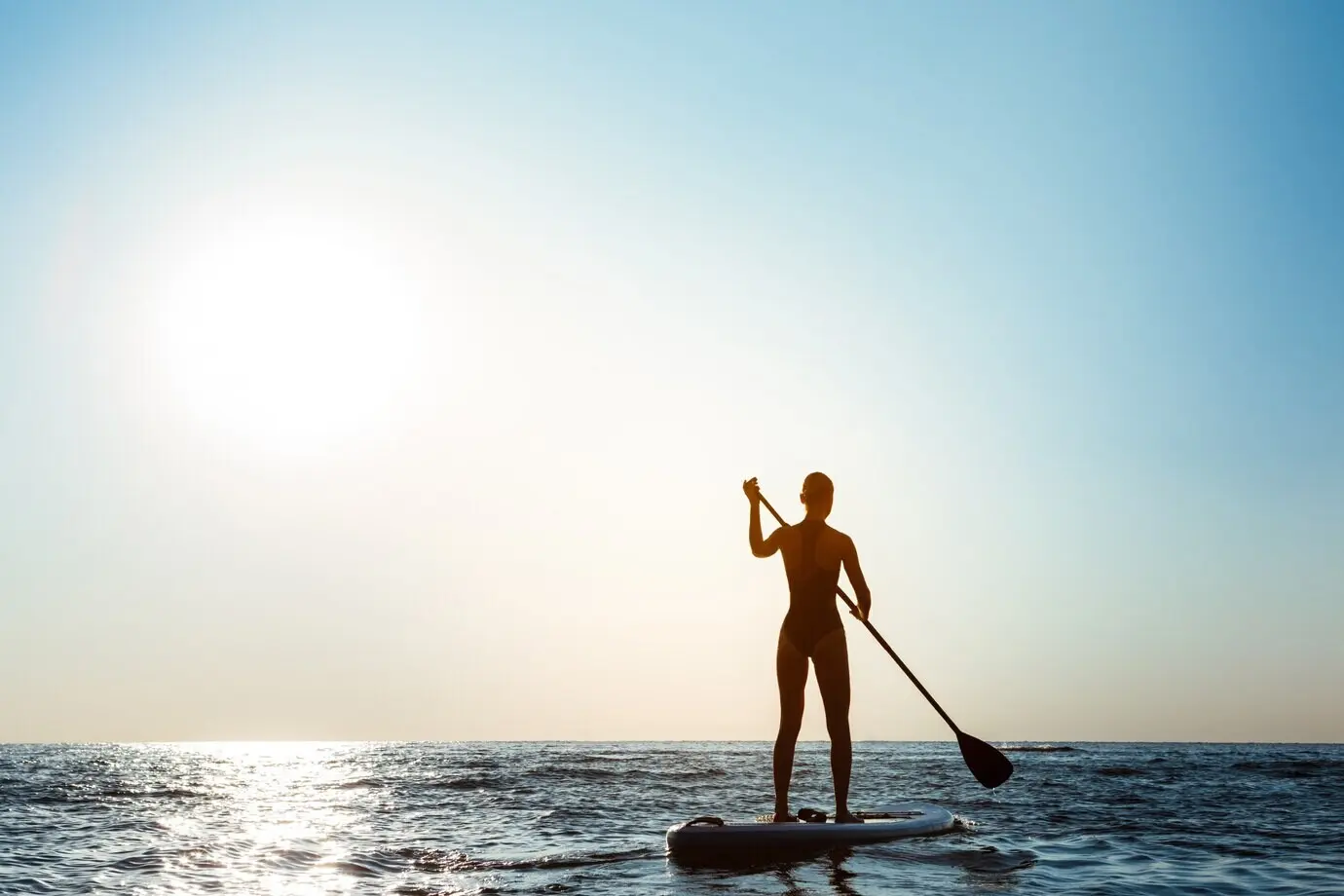
Reading Water Without Disturbance
Learn to interpret riffles, eddies, and wind lines so your boat cooperates with the river instead of fighting it. Feather strokes softly to prevent slapping the surface. Trim your boat to reduce wake near reeds and nesting zones. Maintain ferry angles that let current carry you gently, preserving clarity, aquatic vegetation, and the calm that wildlife needs to feed and rest undisturbed.

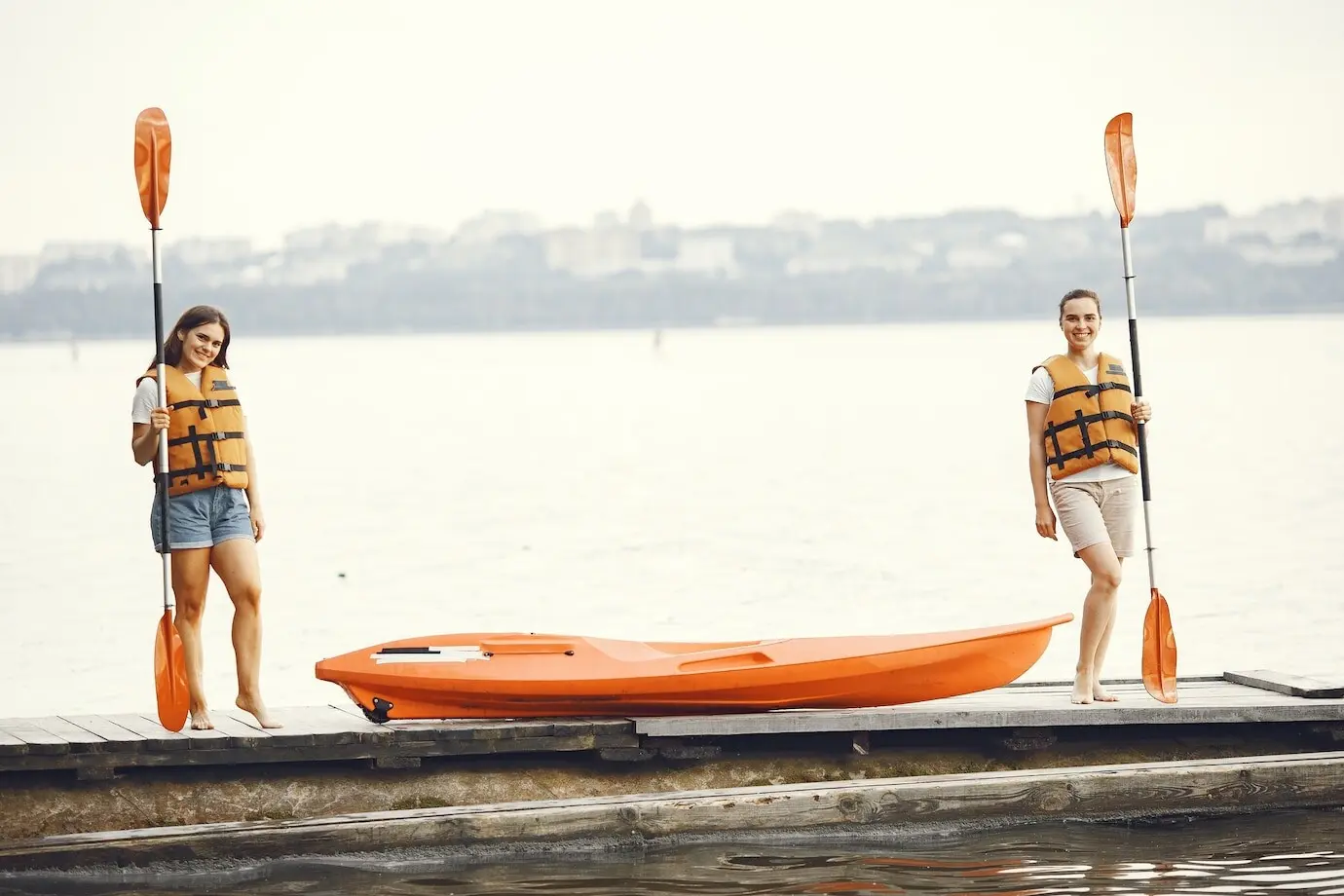
Quiet, Responsible Gear Choices
Choose gear that minimizes noise, waste, and maintenance impacts. Secure loose carabiners and deck hardware to prevent clanking. Use durable, repairable paddles and hulls, and bring patch kits to extend equipment life. Favor reusable bottles, compact stoves, and refillable fuel canisters. Pack a dedicated microtrash container so snack wrappers, trimmed line, and tape scraps never drift from your cockpit into wild water.
Respectful Wildlife Encounters
Knowing Distances and Behaviors
Watch for head turns, wing flicks, tail slaps, or alarm calls, which indicate stress. If an animal alters feeding, resting, or travel because of you, increase distance immediately. As a general practice, stay well outside zones where behavior shifts. Use optical zoom, anchor quietly in deeper water, and keep boats bunched, reducing repeated disturbance from multiple crafts passing one after another.
Nesting Seasons and Sensitive Zones
During nesting and pupping seasons, small disturbances can have big consequences. Respect marked sanctuaries and unmarked rookeries by skirting widely with slow, consistent movement. Avoid cutting through emergent vegetation or sandspits favored by birds. In many regions, early morning and dusk are especially sensitive. Check local advisories, carry binoculars, and choose alternate routes that prioritize safety for eggs, chicks, and caregivers.
Marine Mammals and River Animals
Give seals on haul-outs, manatees in warm shallows, and beavers near lodges extra room. Slow to idle speeds long before reaching them, and never circle or follow. Regulations often require significant stand-off distances, and best practice is even greater. Keep your bow pointed away, avoid sudden strokes, and be ready to back-paddle gently if a curious animal chooses to close the gap.
Protecting Water Quality
Pack It In, Pack It Out on the Water
Human Waste and Graywater Choices
Stopping Invasive Hitchhikers: Clean, Drain, Dry
Weather, Risk, and Turning Around Early
Sharing Channels With Fishers and Powerboats
Reporting Issues Without Confrontation
Joining Cleanups and Stewardship Days
Citizen Science From a Kayak
Mentoring the Next Paddler
All Rights Reserved.
